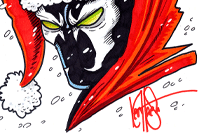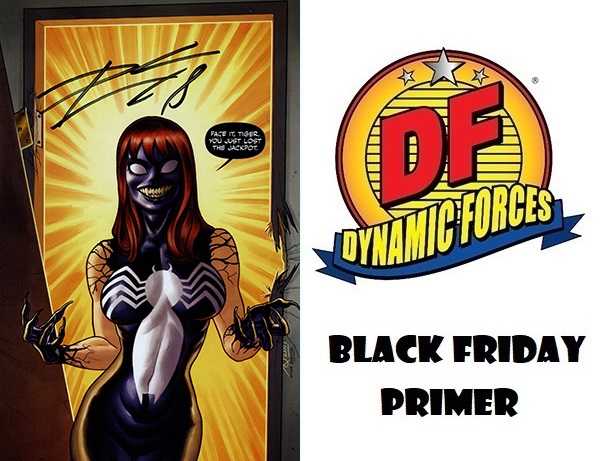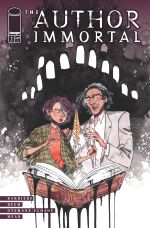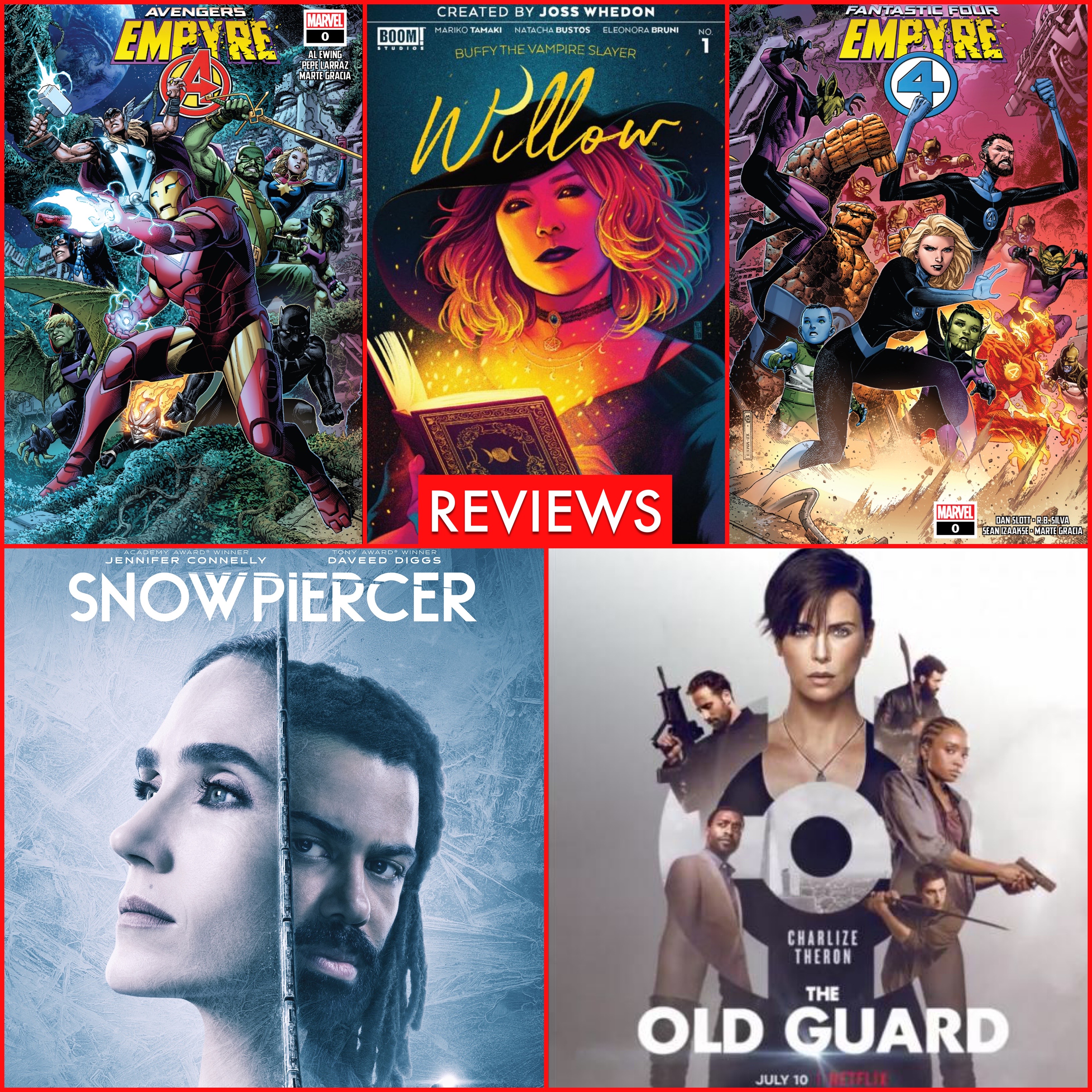NEAL ADAMS
 SEND THIS TO A FRIEND! SEND THIS TO A FRIEND!
DF Interview: The life and legacy of legend Neal Adams (Part 1) By Byron Brewer No matter who draws him, the quintessential Joker for me will always be that hauntingly realistic and dramatically (for the time) scary crime prince presented by artist Neal Adams when he and Denny O’Neil were doing their benchmark Batman tales. Very few artists can stand toe to toe on the mountaintop with King Kirby. Perhaps only one can, and that is Neal Adams. And like the obligatory battery-powered bunny, Adams keeps going and going and is still at it! As a fanboy since the late 1960s, it was my honor and pleasure to sit down with this living comic book story and let the years roll back. Here is Mr. Adams’ tale (or Part 1 of it). Dynamic Forces: All modesty aside, sir, tell us how the humble lad from Governors Island, NYC, became one of the greatest comic book artists of our time, one who can stand on equal footing with the likes of Jack “King” Kirby? Neal Adams: When I was a young teenager, I realized that I, being poor, in a time when most people were not poor, would never be able to go to college. My interests were science and art. So the question was, how could I make a living as an adult either as a scientist or an artist if I couldn’t go to college? My mother discovered The School of Industrial Art, which was an art high school. So there was at least a pathway for me to do artwork out of high school. There was no such pathway for science. So I resolved that I would simply study science independently for the rest of my life, and I would apply myself to becoming an artist who could earn a living out of high school. Earning a living out of high school was very difficult in the late ‘50s and early ‘60s, because the Golden Age had gone. Drawing in that kind of primitive comic book style was no longer acceptable. I had to train myself to becoming a thorough professional while in high school. I will not bully you with the details, but I will tell you that I found a way. It wasn’t easy. It took a lot of work and study; far beyond what the teachers could provide. And in a time where no new artists were being hired to do comic books, I managed to make my way. Since I had the interest in science, I applied certain standards in science to art which then drove me even further forward on a skill level to draw better, tell stories better, and to make a living directly out of high school. I know the answer sounds a bit boring, but some answers are, by their nature, boring. And, no, the magic fairy did not touch me with her wand. It was simply all hard work. DF: A 1959 graduate of that same School of Industrial Art in Manhattan, tell us how you entered the world of the so-called “funny books.” Is it true some of the first work of one of the great superhero artists was on the teen-humor of Archie Comics? Neal Adams: When I left high school and sought employment at DC Comics, who was in fact the only realistic superhero comic book company out there at the time, they turned me away at the door and never looked at my artwork. They told me that comic books would be out of business in a year. They said I was wasting my time and that I should find something else to do with my life. Never think of comic books as a way to make a living. I went to Archie Comics where Jack Kirby and Joe Simon were doing The Fly and other superheroes. All of which failed, by the way. I tried to get work with Simon and Kirby, and Joe Simon told me on the phone that comic books would be out of business in a year and that I shouldn’t be wasting my time. Though I was talented enough to do comic books, he would do me the favor of turning me down so that I wouldn’t waste my life. I said goodbye to Mr. Simon, and the Archie people looked at me with sympathy and said, “Maybe you’d like to draw Archie Comics.” I leapt at the chance and soon I was doing Archie joke pages that I wrote, penciled, lettered and inked for $32.50/page. And I was in hog heaven. DF: What was the first published work of a comic book nature you recall that you were proud enough of to say, “Hey, I, Neal Adams, drew that!”? Neal Adams: While at Archie, I had handed samples in to Jack Kirby and Joe Simon. The Archie people did not like a transformation panel in which Tommy Troy transformed into The Fly, drawn by Jack Kirby. I had done just such a transformation in my samples, so they cut out the panel from my page and pasted it over Jack Kirby’s panel, and that is my first published superhero work in the biz. In answer to your general question, I have been proud one-way or another of everything I’ve done in comics. Although I cannot say that it was all good, in the timeframe available, I always did the best I could. But that one panel in The Fly is my very first. I think that page recently sold for many thousands of dollars at Heritage and was never returned to me by Joe Simon, his family, or anyone who ever received that page. Kind of sad, don’t you think, in a way? DF: When you illustrated the cover of DC’s flagship comic, Action Comics #356, in November 1967 – Superman! – did you feel you had arrived? Neal Adams: Not in any way. I don’t even remember what cover you’re talking about. And I’m sure it wasn’t much of a noteworthy cover. You must understand, between 1959 and doing that cover for DC Comics, I literally had a whole career. In order of work, I drew backgrounds for the Bat Masterson comic strip for Howard Nostrand. I worked at Johnstone and Cushing doing comics for advertising for Boy’s Life Magazine, Savage Rifles, The Bell Telephone Company, The National Guard, and a host of other advertising clients. I did this work in competition with the very best commercial artists in the business. I did illustration work. I did storyboard and comp work for ad agencies. I did finished ads, I did cartoon ads. At age 20, I landed a syndicated comic strip based on Ben Casey TV series. I did that strip for 3 and a half years in competition with the best comic strip artists in the world, like Leonard Starr, Dan Barry, and I purported myself in a highly professional manner. During this time, I did advertising work for major agencies all around New York. And only when I forced the issue of the poor writing on the syndicated strip did I quit the strip and, finding myself in a lull of work, I began doing stories for Creepy Eerie and Vampirella at Warren Publishing. Which, because of the high quality of the stories that I drew, I found myself spending too much effort on the work and decided to try and get some work at DC Comics where I could expend less energy and do more pages in a given week. As far as I was concerned, going to DC was a dramatic come-down from all the work I had done previously. Then a strange thing happened. I fell in love with doing comic books. I didn’t expect to. I thought I would do it for a few months and then move on, but then something happened. I got the bug. Parenthetically, during the time I was working for DC and Marvel back then, I earned more money doing ad work than doing comic book work. I just loved to do comic books more, and I took the financial hit on every page I did. Just goes to show you. DF: I guess one of your really breakout series (comic book-wise), to my recollection, was the supernatural hero Deadman for DC. Recollections? Neal Adams: I recall Deadman as a way to exercise the new muscles I found with comic books. There were so many things that did not advance in comic books from 1953 when Congress attacked comic books that the whole of the potential of what one could do in comics was open to me. And remember, since I had been trained in all these other areas outside of comic books, I was in a position to take advantage of those opportunities and blast out with new ideas on a daily basis. That’s what I did with Deadman. DF: In my mind, Mr. Adams, as far as your DC work, you will always be connected to writer Denny O’Neil for your landmark illustration of Batman – your more photorealistic portrayal of an insane Joker is still stuck in my head! – and the tied-to-the-times “relative” Green Lantern/Green Arrow series. Those were awesome to me as a young reader. What do they mean to you, and talk a bit about each of these benchmarks. Neal Adams: You must remember, and this is not to remove any credit from Denny, that I began to work on Deadman with writer Bob Haney in the book Brave and Bold in which Batman was teamed in each issue with another superhero, Deadman, Teen Titans, Aquaman, Green Arrow, etc. This happened because I approached Julius Schwartz and offered myself to do Batman and he turned me down…flat. Since I didn’t like what DC was doing with Batman at the time, I went to editor Murray Boltinoff and offered to do Brave and Bold with Bob Haney. We had done three or four issues when finally Julie Schwartz, after having received a multitude of letters (or maybe just a handful) insisting that the only Batman at DC Comics was at Brave and Bold, that he, Julie, tracked me down, and insisted that I work on Batman for him. Denny O’Neill had been brought in by Dick Giordano from Charlton Comics, and Julie was getting along with him intellectually, and I could see why. So we all decided that I would work with Denny. I agree it was a terrific team up both on Batman and GL/GA. But it all really began with Bob Haney on Brave and Bold. And those are some of my favorites … Dynamic Forces would like to thank the legendary Neal Adams for his time, recollections and opinions. Join us Friday for a continuation of this great American’s life story!
NEW! 1. 09/23/2025 - FRANK BARBIERE2. 09/16/2025 - RODNEY BARNES 3. 09/10/2025 - ZACK KAPLAN 4. 08/26/2025 - JOE PRUETT 5. 08/20/2025 - CHRISTIAN WARD Show All |







